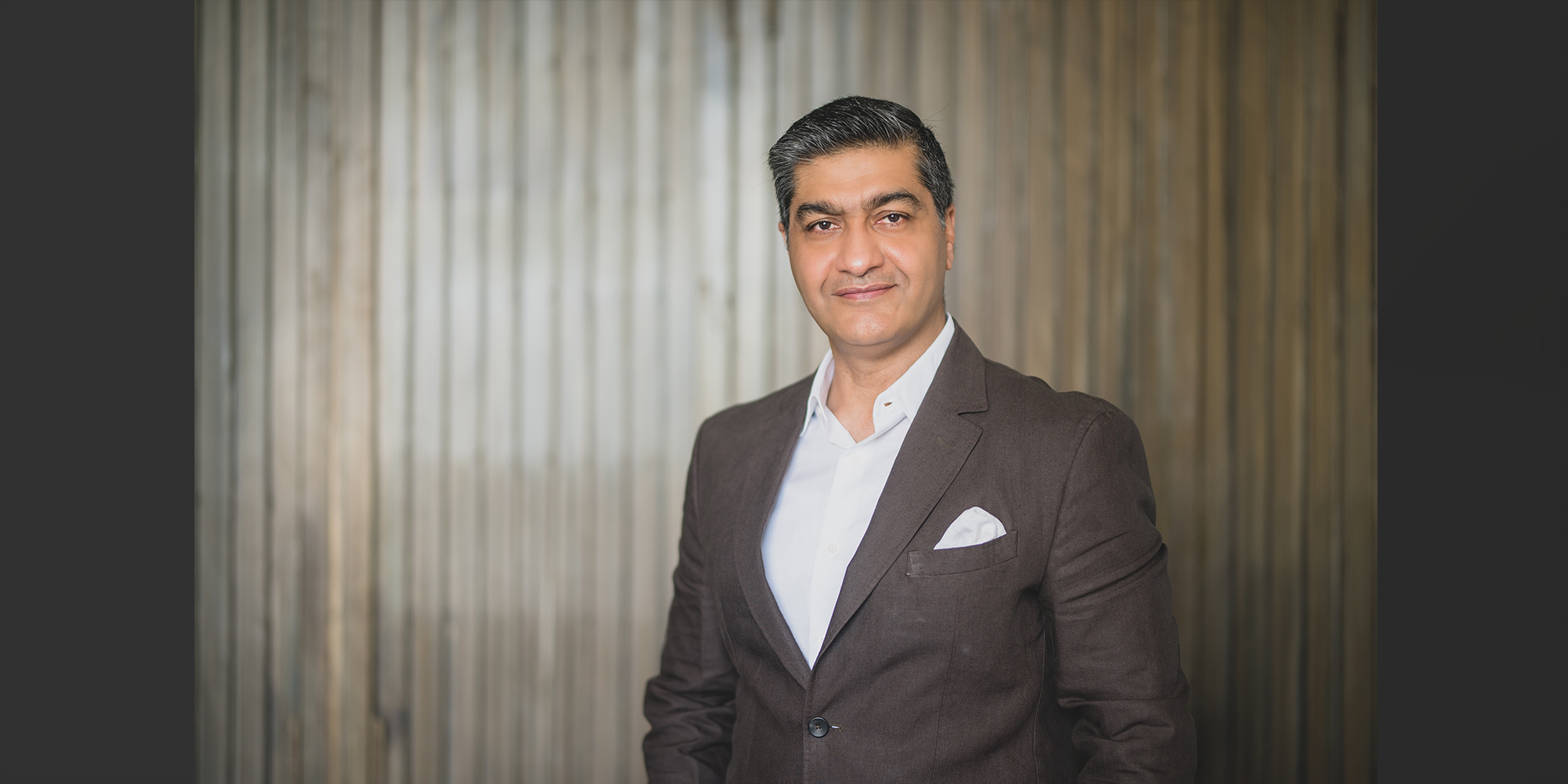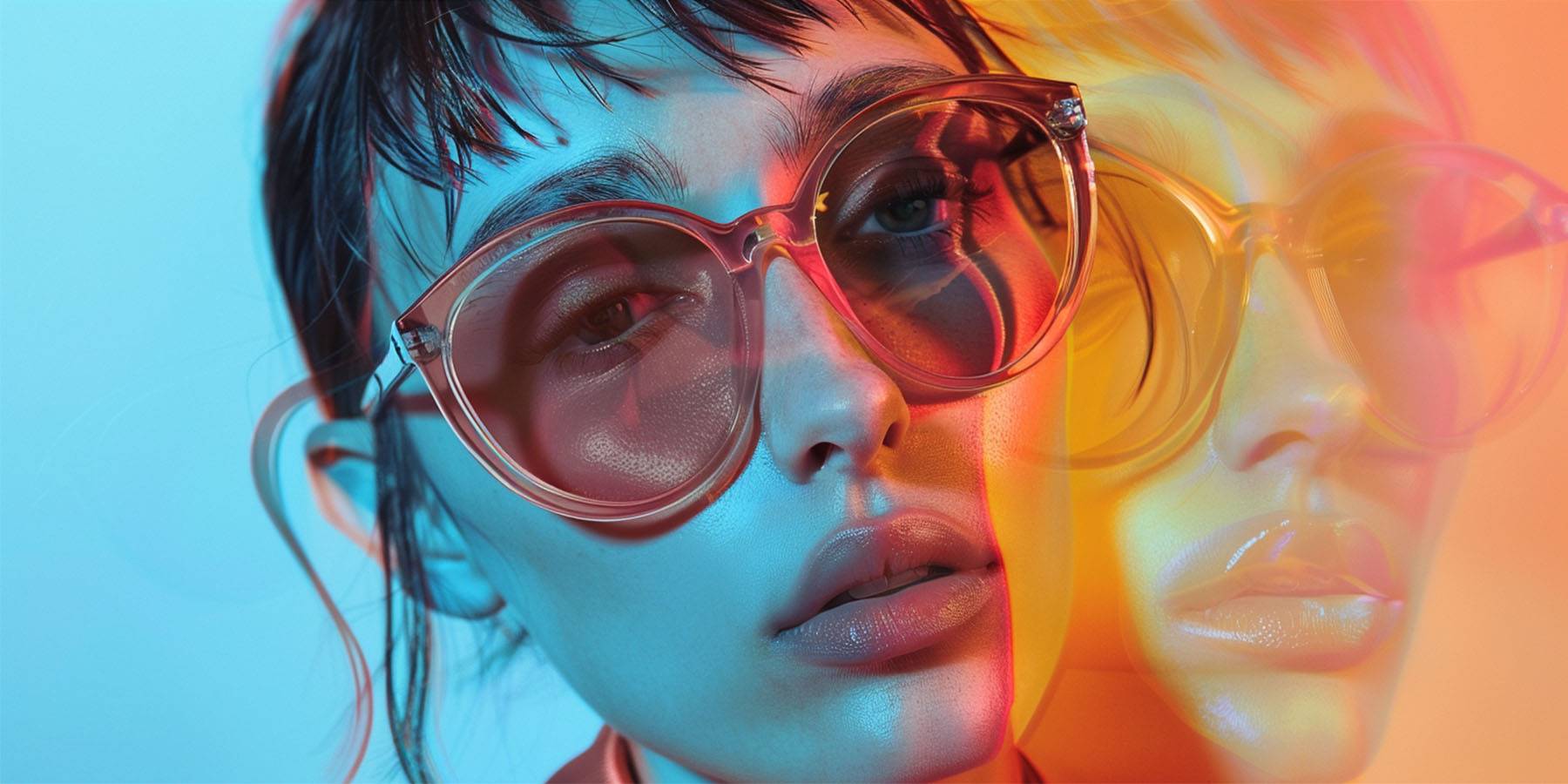In the dynamic and ever-evolving world of fashion, media exposure can be a game-changer for designers. A well-timed feature in a prominent magazine, blog, or television show can propel a designer’s career to new heights. This article delves into the success stories of fashion designers who experienced meteoric rises after being featured in various media outlets, illustrating the profound impact that media exposure can have on their professional journeys.
The Power of Media Exposure in Fashion

Understanding Media Influence
Media coverage in the fashion industry includes a range of outlets such as print magazines, online publications, television programs, social media platforms, and fashion blogs. Each of these media types plays a crucial role in shaping public perception and can significantly influence a designer’s career trajectory.
Types of Media Features
- Print Magazines: Renowned fashion magazines like Vogue, Harper’s Bazaar, and Elle are influential platforms that can significantly boost a designer’s visibility and credibility.
- Online Publications: Digital fashion websites such as The Business of Fashion, Fashionista, and Refinery29 provide timely and widespread exposure.
- Television Shows: Programs like “Project Runway” and “Next in Fashion” offer designers a platform to showcase their talent to a broad audience.
- Social Media: Platforms such as Instagram and TikTok are crucial for real-time engagement and can create viral moments for designers.
- Fashion Blogs: Influential fashion bloggers can introduce designers to new audiences and offer detailed reviews of their work.
Case Studies of Successful Designers

Alexander McQueen: From Obscurity to Icon
Alexander McQueen’s career transformation is one of the most remarkable in fashion history. McQueen, initially a relatively unknown designer, catapulted to fame after his graduation collection at Central Saint Martins was featured in British Vogue. The feature caught the attention of influential fashion editor Isabella Blow, who purchased his entire collection. This pivotal moment marked the beginning of McQueen’s rise to international fame.
Detailed Analysis:
– Initial Breakthrough: McQueen’s graduation collection was audacious and innovative, characteristics that captured the media’s attention. British Vogue’s feature brought McQueen’s name into the limelight, an opportunity for his unique style to reach a broader audience.
– Support from Isabella Blow: Blow’s endorsement was critical. Her purchase of McQueen’s entire collection was not only a financial boost but also a significant validation. Her network and influence opened doors to further media coverage and industry connections.
– Ongoing Media Presence: After this initial feature, McQueen continued to captivate the media with his dramatic and often controversial designs. Features in various high-profile magazines and newspapers continued to build his brand, culminating in his recognition as one of the most creative and influential designers of his generation.
Virgil Abloh: Redefining Modern Fashion
Virgil Abloh’s ascent in the fashion world was significantly accelerated by strategic media features. Abloh, initially known for his work with Kanye West, gained mainstream attention when his brand, Off-White, was featured in influential fashion publications. His unique approach to blending streetwear with high fashion resonated with editors and critics, leading to widespread coverage.
Detailed Analysis:
– Strategic Media Engagement: Abloh’s strategic use of media involved showcasing Off-White in fashion-forward publications like Hypebeast and Highsnobiety, which appeal to both streetwear enthusiasts and high fashion aficionados.
– Innovative Designs: The media focused on Abloh’s ability to merge high fashion with streetwear, a novel approach at the time. Features highlighted his groundbreaking designs, from deconstructed garments to collaborations with major brands like Nike.
– Continued Coverage and Expansion: Abloh maintained a consistent presence in fashion media, with features in Vogue, GQ, and The Business of Fashion. This visibility was crucial in securing his role as the artistic director of Louis Vuitton’s menswear, demonstrating how sustained media attention can lead to prestigious opportunities.
Simone Rocha: Elegance Meets Modernity
Simone Rocha’s rise to prominence was bolstered by her consistent media presence. Rocha’s designs, which blend femininity with modern elements, caught the attention of fashion editors early in her career. Features in major fashion magazines and online platforms showcased her work to a global audience, establishing her as a leading contemporary designer.
Detailed Analysis:
– Early Media Features: Rocha’s debut at London Fashion Week garnered attention from top fashion publications. Vogue and Elle featured her collections, praising her innovative use of materials and romantic yet contemporary aesthetic.
– Signature Style: Media coverage often highlighted Rocha’s distinctive style, characterized by delicate fabrics, intricate embellishments, and a modern take on traditional femininity. This consistent focus helped build a recognizable brand identity.
– Sustained Media Presence: Regular features in major fashion magazines and profiles in industry-focused websites like The Business of Fashion solidified her reputation. This consistent media attention has been integral to her ongoing success and influence in the fashion industry.
Demna Gvasalia: From Vetements to Balenciaga
Demna Gvasalia’s career took a significant turn when his work with Vetements began receiving extensive media coverage. Known for his unconventional designs and disruptive approach, Gvasalia’s collections were featured in numerous high-profile publications. This media attention played a crucial role in his appointment as the creative director of Balenciaga.
Detailed Analysis:
– Vetements and Media Sensation: Vetements’ radical approach to fashion, characterized by its anti-establishment ethos and oversized silhouettes, caught the media’s eye. Publications like Vogue, Dazed, and i-D featured Vetements extensively, praising its subversive aesthetic.
– Critical Acclaim: Media coverage often emphasized Gvasalia’s role in redefining fashion norms. His collections were celebrated for their originality and social commentary, themes that resonated with both critics and consumers.
– Career Advancement: The sustained media attention not only boosted Vetements’ profile but also showcased Gvasalia’s talent to a broader audience. This visibility was instrumental in his appointment as creative director at Balenciaga, where he has continued to innovate and captivate the fashion world.
How Designers Can Leverage Media Features

Building Relationships with Media Professionals
Designers should actively engage with journalists, editors, bloggers, and influencers to build meaningful relationships. Networking at fashion events, sending out press releases, and maintaining a professional online presence are essential strategies for gaining media attention.
Creating High-Quality Content
Investing in professional photography, well-written press materials, and engaging social media content is crucial. High-quality visuals and compelling stories increase the likelihood of being featured in top-tier media outlets.
Utilizing Social Media Platforms
Active engagement on social media platforms can attract media attention. Designers should regularly post updates, behind-the-scenes content, and collaborations to maintain an active presence. Using relevant hashtags and tagging media outlets can further amplify their reach.
Participating in Fashion Events
Fashion shows, exhibitions, and industry events are prime opportunities for media exposure. Designers should seize these opportunities to showcase their work and connect with media professionals.
Collaborating with Influencers
Partnering with fashion influencers can provide immediate and impactful exposure. Influencers have dedicated followings that trust their recommendations, making collaborations a powerful tool for reaching new audiences.
Conclusion
Media features are a powerful catalyst for success in the fashion industry. The stories of Alexander McQueen, Virgil Abloh, Simone Rocha, and Demna Gvasalia illustrate the transformative impact of media exposure. For aspiring designers, understanding how to leverage media features can lead to significant career advancements. By building relationships with media professionals, creating high-quality content, utilizing social media, participating in fashion events, and collaborating with influencers, designers can effectively harness the power of media to propel their careers to new heights.
Designers looking to elevate their presence in the fashion world must strategically navigate the media landscape. By doing so, they can ensure their work reaches the right audience and achieves the recognition it deserves, setting the stage for long-term success in the competitive fashion industry.







